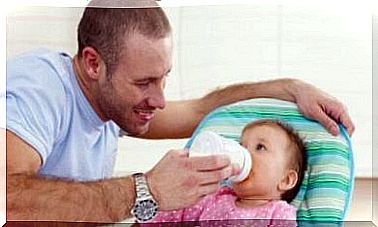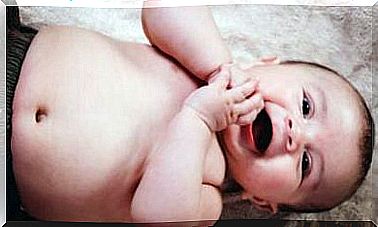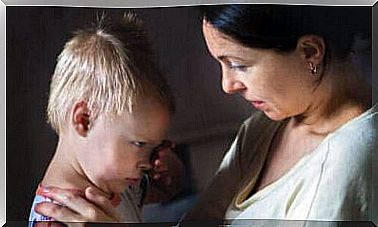Trauma And Pregnancy
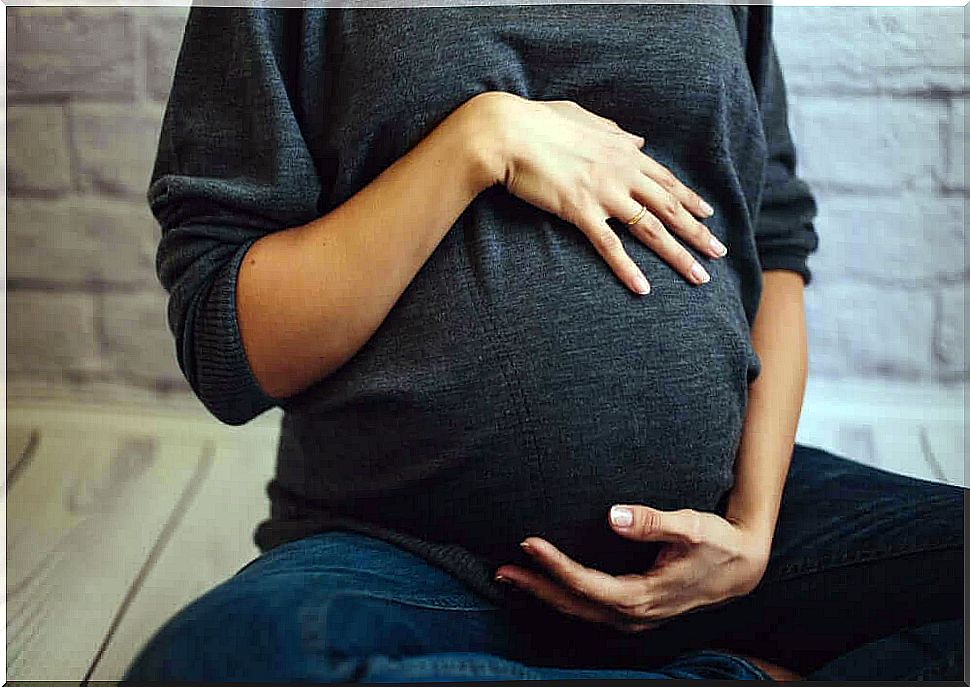
The connection between trauma and pregnancy is becoming stronger as women have a tendency to continue working until the end of pregnancy. In addition, it also has to do with the fact that we spend more time in the car and the dangers that traffic entails.
The combination of these factors has led to an increase in trauma among pregnant women and it affects the health of both mothers and infants.
Pregnant women have different physical and physiological characteristics than non-pregnant women. Therefore, it is important to know how to deal with trauma during a pregnancy in the best possible way.
Trauma and pregnancy
Trauma has become the leading cause of non-obstetric death during pregnancy. The mother and the baby can suffer injuries both due to the trauma itself and due to the pregnancy.
The anatomical and physiological bodily changes during pregnancy can change the body’s response to trauma. Therefore, these factors may affect the effects of trauma during pregnancy:
- How far the pregnancy is
- The type and severity of the trauma
- Damage to the fetus or placenta
In fact, it is more important to take care of the mother first. Later, when the mother is stabilized, she can take better care of the baby.

How the cardiovascular system affects trauma during pregnancy
During pregnancy, pregnant women have more blood in their bodies. Therefore, it is important to check for any internal bleeding that may have occurred during the trauma.
The increased blood volume means that the mother takes longer to go into shock. However, the baby may be deficient in oxygen much earlier. That is why, even if the blood loss does not seem to affect the mother, it must be treated as soon as possible.
Gynecological organs
It is also important to look for possible damage to the vagina, perineum and rectum after the trauma, as this can later affect the birth.
Cardiopulmonary resuscitation (CPR) during trauma during pregnancy
When you need to administer CPR to pregnant women, it is controversial at what point to perform a caesarean section if CPR does not work. Some say that you should do it after a certain period of CPR, others say that you should do it at the same time.
In order to make a decision, one has to take into account certain other factors. For example, if the fetus is older than 24 weeks, maternal status, etc.
Penetrating injuries
As the fetus grows in the womb, it causes organs to move. Therefore, the risk of damage to the uterus increases and the risk of damage to other organs decreases.
The uterus, amniotic fluid and the fetus can absorb a lot of energy from the penetrating object, thus minimizing damage to other organs.
Trauma and pregnancy: Specific injuries for pregnant women
There are some injuries that only appear in cases of trauma during pregnancy.
Uterine trauma
A blow to the uterus can lead to a rupture of the uterine muscle wall – the myometrium. In addition, the rest of the uterine membranes can end up in poor condition, both for the mother and the baby.
The uterus may rupture completely or incompletely and usually has these signs and symptoms:
- The baby’s heart rate decreases
- Abdominal pain
- Reduced or no contractions (if they were active before the trauma)
- Material tachycardia or low blood pressure from blood loss
- Vaginal bleeding
- Hematuria (blood in urine)
- The fetus comes out in the abdominal cavity
Treatment for uterine ruptures focuses on stabilizing the mother and on pain relief. In addition, you may need surgery (laparotomy) to remove the fetus.

Contractions
Contractions may occur before active labor has begun. This can happen after trauma, in stressful situations, if you are dehydrated, etc. It is the most common obstetric problem from trauma.
Depending on the situation, there are different approaches, for example depending on whether the amniotic sac is intact or not, which week of pregnancy the fetus is in, the condition of the fetus and mother and more.
Treatments may include:
- Surveillance of mother and fetus
- Administration of drugs to stop contractions
- Let the birth continue
The placenta comes loose
Trauma during pregnancy can also cause the placenta to loosen. This can be done partially or completely before the baby is born after 20 weeks.
This is an acute emergency, as the placenta is the organ that provides food and oxygen to the baby. If the child is completely disconnected, he will no longer have access to blood.
Some of the signs and symptoms you can see are:
- Fetal hypoxia
- Visible or internal vaginal bleeding
- Abdominal pain
- Blood clots form throughout the body
- Shock and other complications
The treatment focuses on ensuring that the mother is stable. It also focuses on giving birth to the baby, either vaginally or by caesarean section.
Fetomaternal blood passage
It is more common for fetal blood to pass to the mother in women who have suffered trauma. Some consequences of this are:
- Rh sensitization in mothers with Rh and children with Rh +
- Arrhythmia
- Anemia
- Fetal death due to excessive blood loss
To avoid Rh sensitization, all women with the condition receive Rh immunoglobulin. In addition, doctors observe the mother and baby to decide what to do next.
Early departure
This means that the amniotic fluid goes before it is time for the birth. Specialists take into account the following things to decide what to do:
- How far the pregnancy is
- Amount of amniotic fluid lost
- Risk of infection
- Amniotic fluid quality
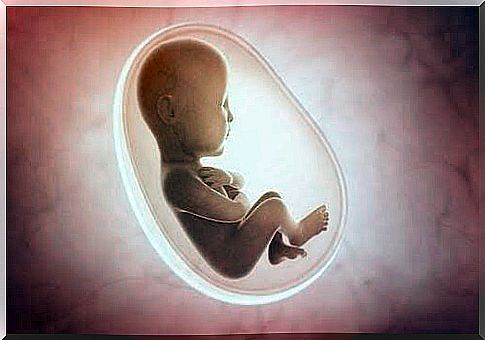
Trauma and pregnancy: Fetal injuries
In case of trauma during pregnancy, fetal health is also at stake. One of the problems that the fetus can get, in addition to what we have already mentioned, is the risk of fetal distress.
The consequences of trauma to the fetus are also due to changes in the baby’s oxygen supply. Doctors diagnose fetal distress by monitoring the fetus, and the signs are:
- Changes in the baby’s heart rate
- The fetal heartbeat becomes weaker during uterine contractions
Final thoughts on trauma and pregnancy
Each situation is unique, so doctors will assess each individual case on their own merits. Depending on the child’s condition, they may also need to take other measures.
